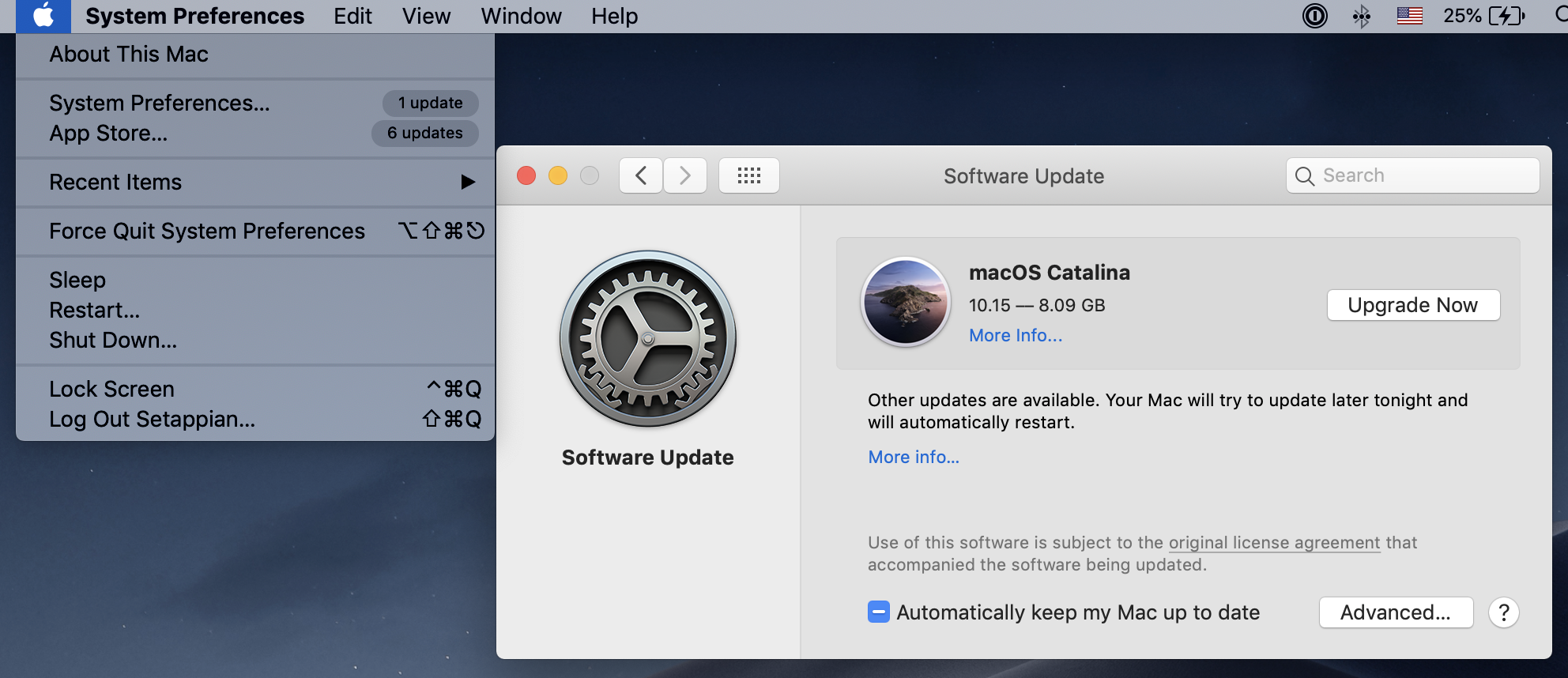

- #REDDIT MAC INTERNET RECOVERY SELECT DRIVE LICENSE KEY#
- #REDDIT MAC INTERNET RECOVERY SELECT DRIVE INSTALL#
Once it loads, go into Disk Utilities and Erase the main drive and select the journaling formate style.Step 2 (now that you are booted on a the USB stick and not the main HD): The tool also supports recovery of data from APFS, HFS+, exFAT etc. 5) Select the administrator account > Next > enter this admin account’s password > Continue to get to Recovery Mode. When it’s done, insert your USB drive into any Mac, then launch the installer by holding down the Option key Remo Mac Data Recovery is the most recommended tool to recover deleted or lost data from macOS including the latest catalina. 2) Press and hold Mac’s power key until you see the Loading startup options screen.Select your flash drive from the drop-down menu.

This is should be located in your Applications folder.
Open Disc Creator and click the “Select the OS X Installer” button. Then, in the main menu bar, select 'Open' > 'Browse' to go to the location when the Word file is saved. Click 'File' from the MS Word above panel in the left top corner. Open Microsoft Word application on your computer. If you have any other data on that flash drive, back it up now, because the installer will delete everything on it. Steps to use Word text Recovery Converter on a Mac or Windows computer: Step 1. Insert an 8GB (or larger) flash drive. Insert your USB drive into the USB port of your PC. Click the Click here link on the bottom-left corner of the screen to continue. #REDDIT MAC INTERNET RECOVERY SELECT DRIVE LICENSE KEY#
Register the software with the license key you got.
#REDDIT MAC INTERNET RECOVERY SELECT DRIVE INSTALL#
Download the software and install it on a Mac computer that can normally work.
 Download the macOS Sierra installer and Disk Creator. Get a suitable edition from the MiniTool official site. The easiest way to create a USB flash installer is with the free program, Disk Creator. You need to create a USB flash installer, then reformate the drive then reinstall. What the issue is, you are trying to modify the drive you are currently working on which it doesn't like. I'm writing this as I search for it and found solutions and none of them worked and I noticed I wasn't the only one.Įasy solution is hold down command + R and get into disk utility, select the main HD and select File > "Enable journaling" but if you are like me, it was greyed out.
Download the macOS Sierra installer and Disk Creator. Get a suitable edition from the MiniTool official site. The easiest way to create a USB flash installer is with the free program, Disk Creator. You need to create a USB flash installer, then reformate the drive then reinstall. What the issue is, you are trying to modify the drive you are currently working on which it doesn't like. I'm writing this as I search for it and found solutions and none of them worked and I noticed I wasn't the only one.Įasy solution is hold down command + R and get into disk utility, select the main HD and select File > "Enable journaling" but if you are like me, it was greyed out.







 0 kommentar(er)
0 kommentar(er)
